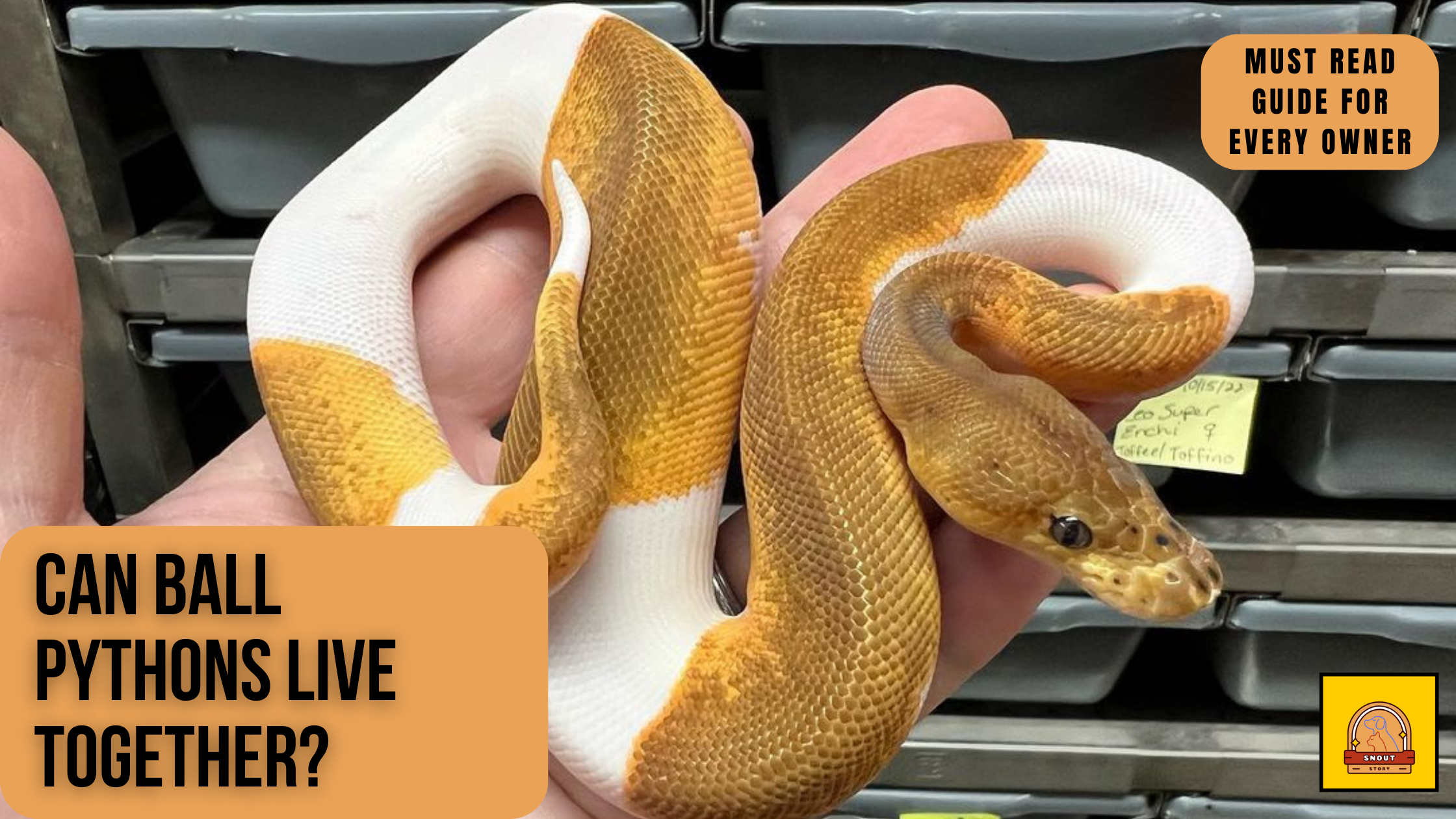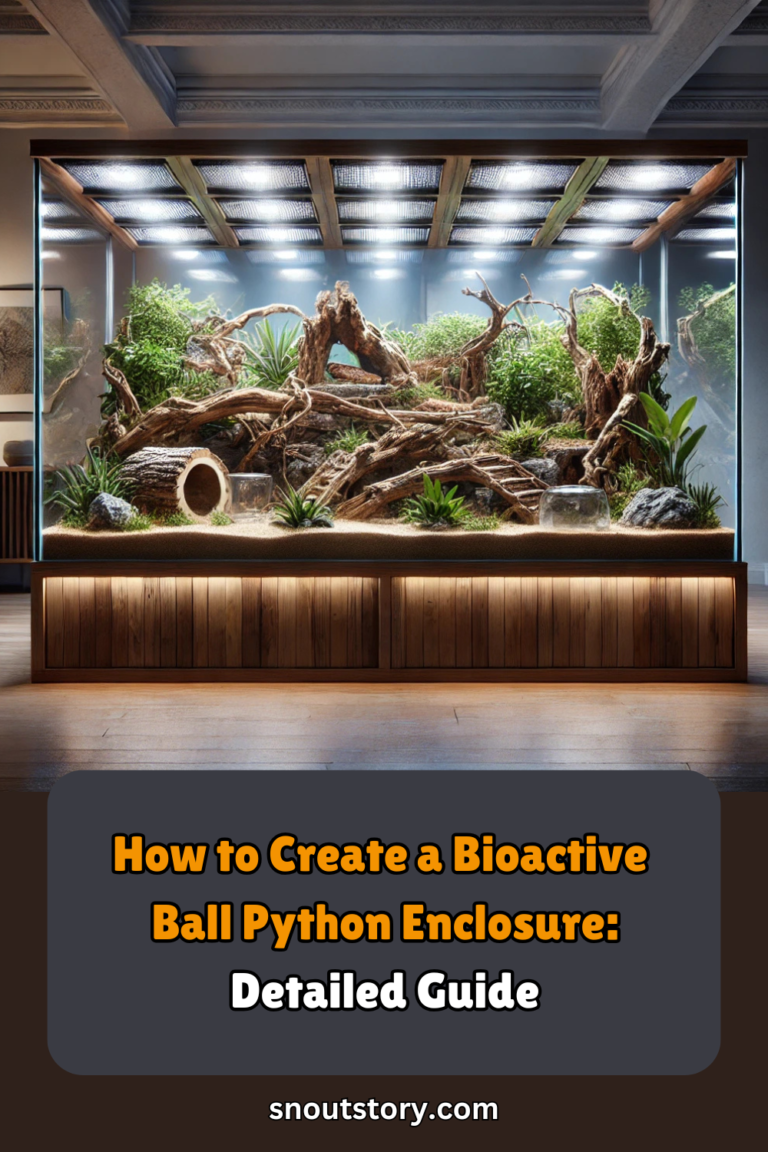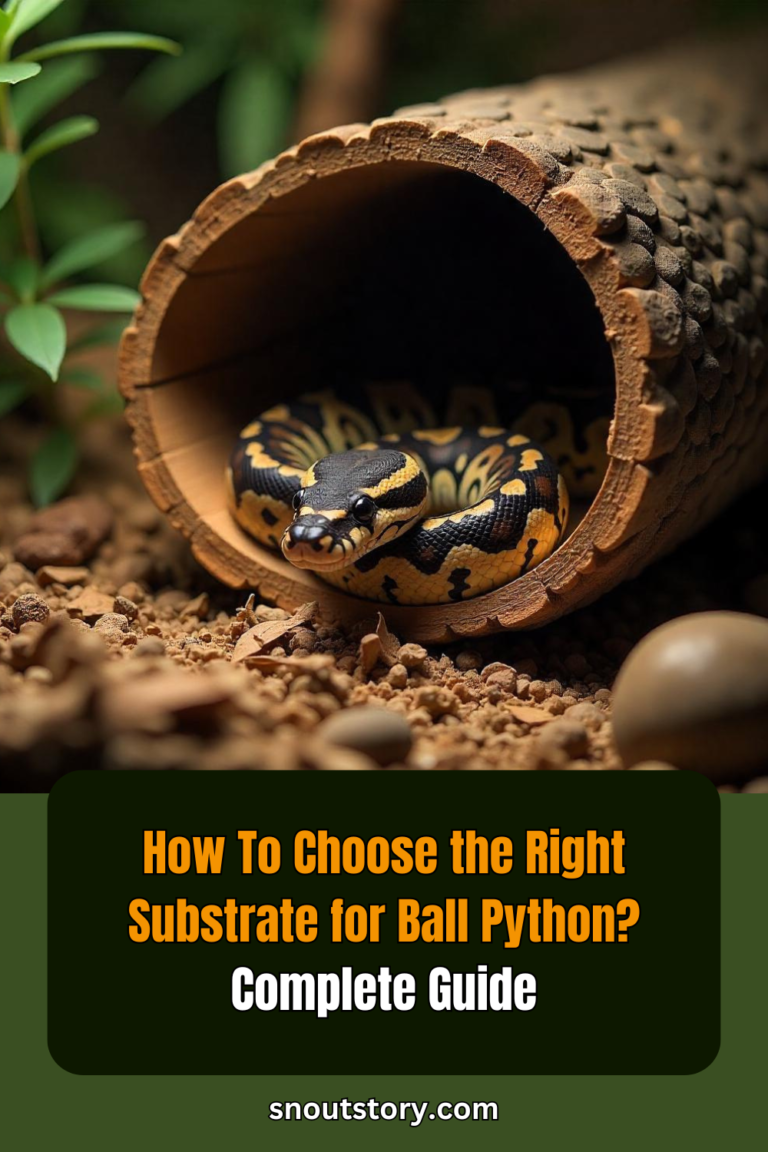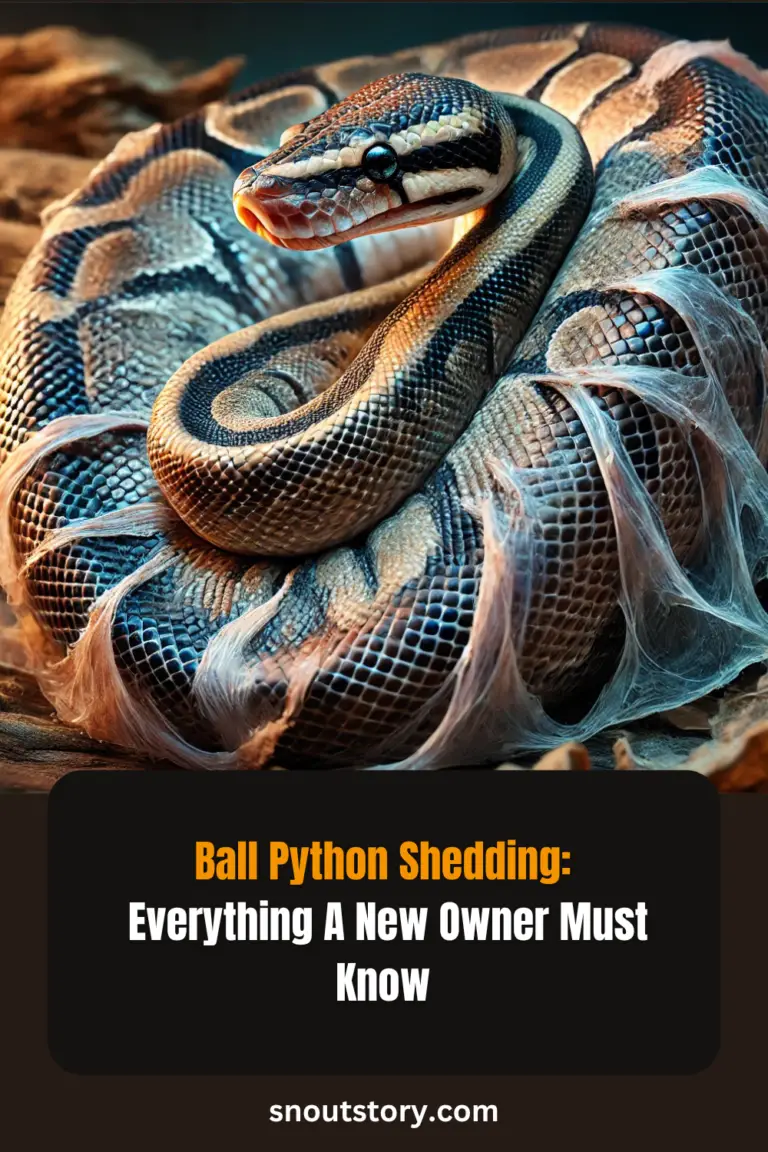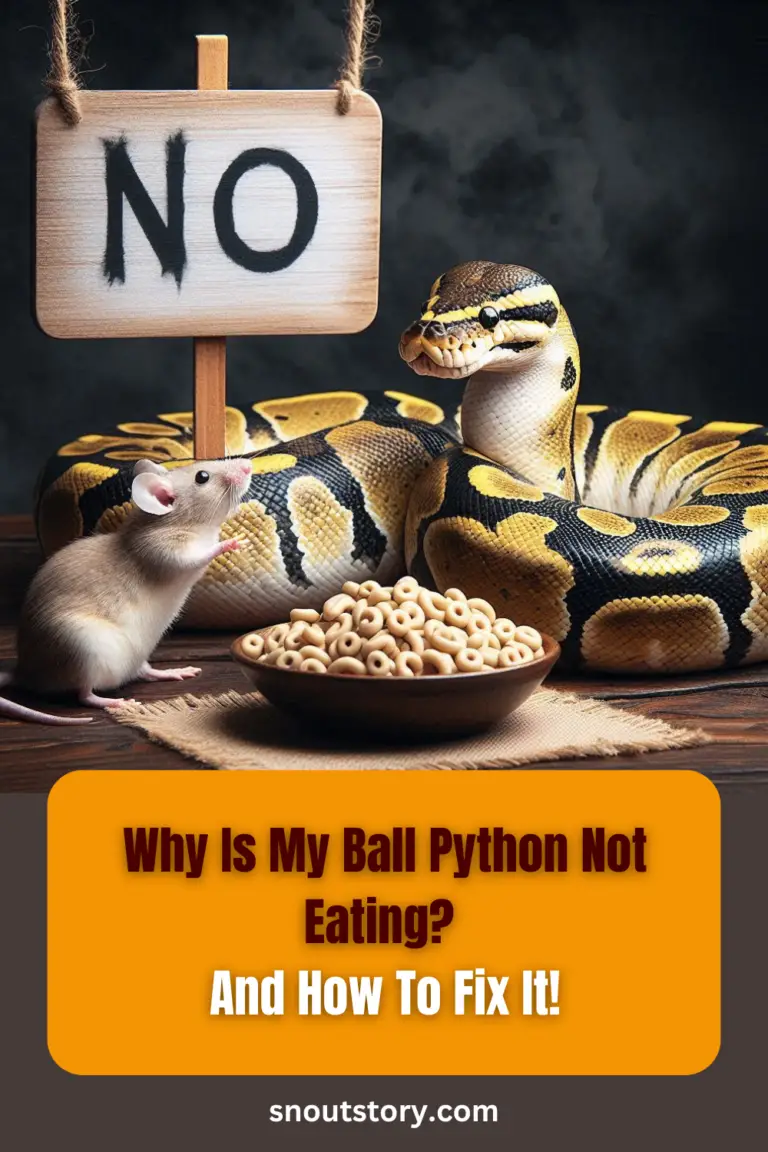Ball pythons are a popular pet snake species, known for their docile nature and relatively small size. They are also known for their unique patterns and colors which makes them popular pets among snake enthusiasts. While they are often kept as solitary pets, some owners may wonder if these snakes can live together in the same enclosure.
In this article, we’ll look at what factors to consider when deciding whether or not multiple ball pythons can live peacefully in the same living space.
Factors to Consider While Keeping Ball Python’s Together

When deciding whether or not to house multiple ball pythons together, there are several important factors to take into account. These include:
- Size of the enclosure: Ball pythons need ample room to move around and explore, so the enclosure should be large enough to accommodate multiple snakes. A general rule of thumb is to provide at least 4-5 sq. ft per snake. This will allow each snake to have its own space and prevent them from feeling cramped or stressed. A larger enclosure also allows for multiple hiding spots and basking areas, which can help to reduce the risk of fights.
- The temperament of the snakes: Not all ball pythons have the same temperament, and some may be more aggressive than others. It is important to choose snakes with compatible personalities to reduce the risk of fights and injury. It is also important to keep in mind that certain morphs or color variations may have different temperaments. This is something to consider when choosing snakes to live together.
- Gender: Male ball pythons are known to be more aggressive than females, so it is generally best to avoid housing males together. Male ball pythons can become territorial during the breeding season and may fight with other males. It is also important to note that if you do decide to house males together, it is essential to have a separate enclosure for the females during the breeding season to prevent unwanted breeding.
- Feeding schedule: Ball pythons can become territorial when it comes to food, so it is important to feed them at separate times or in separate areas of the enclosure. This can help to reduce the risk of fights and ensure that each snake gets the proper amount of food. It is also important to monitor each snake’s weight and body condition to ensure that all snakes are getting enough to eat.
Potential Risks of keeping Ball Python Together
While multiple ball pythons can live together, there are also several risks to consider. These include:
- Fighting: As mentioned earlier, ball pythons can become territorial and may fight with one another, resulting in injury or even death. This is why it is important to choose snakes with compatible personalities and provide a large enough enclosure for each snake. It is also important to keep an eye on the snakes and intervene if you notice any signs of aggressive behavior.
- Stress: Living in close quarters with other snakes can cause stress for some ball pythons, which can lead to health problems. Stress can manifest in several ways such as weight loss, lack of appetite, lethargy, and even regurgitation. It is important to provide a comfortable and stress-free environment for the snakes to minimize the risk of stress-related health problems.
- Cannibalism: In rare cases, ball pythons may turn on and eat one another, particularly if they are housed together while they are still young and small. This is why it is important to monitor the snakes and intervene if you notice any signs of aggression or cannibalism.
How to Create a Safe Enclosure?
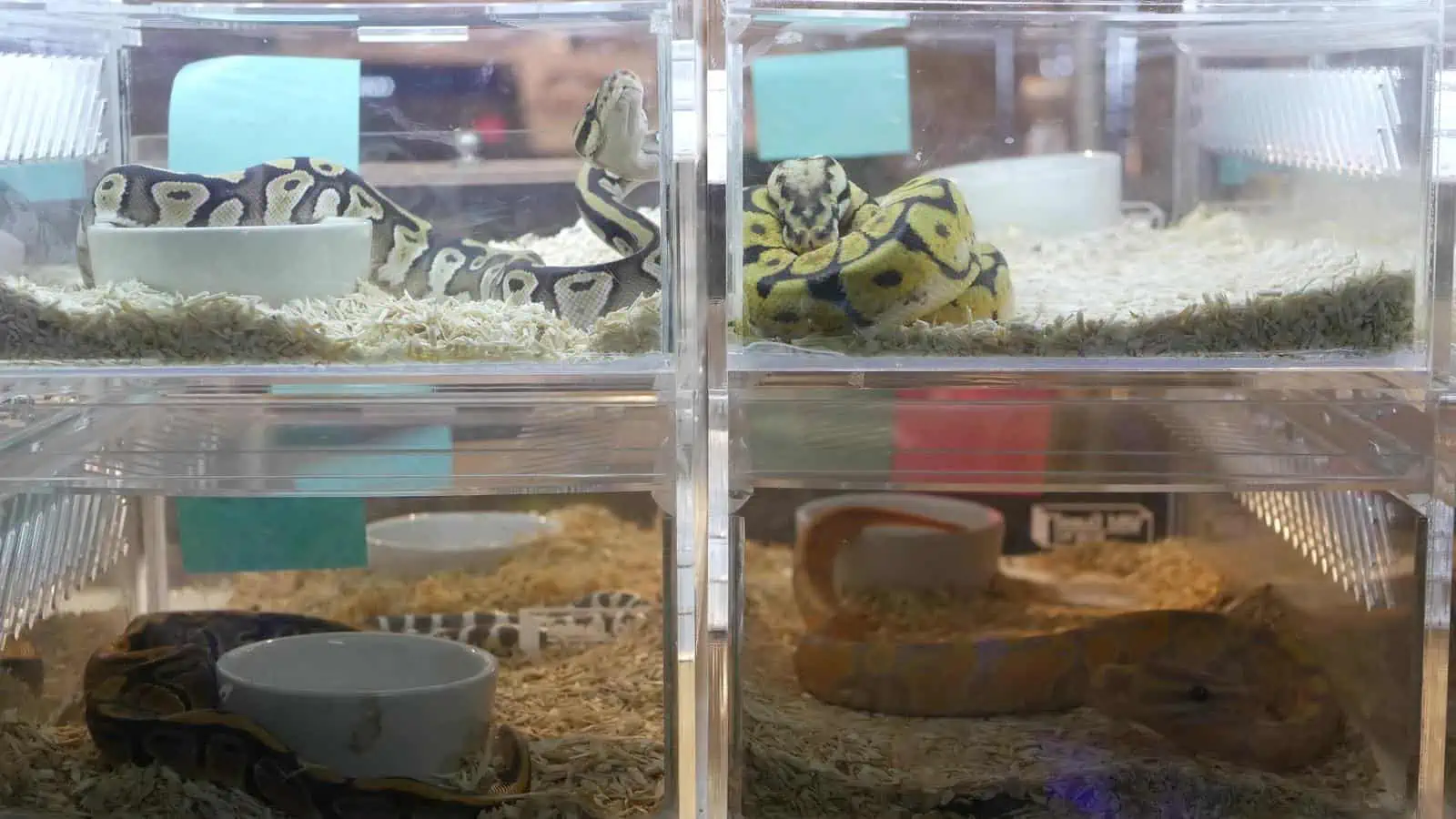
Creating a safe enclosure for multiple ball pythons is crucial to their well-being. Here are some tips for creating a suitable living space for multiple ball pythons:
- Provide ample space: As mentioned earlier, a general rule of thumb is to provide at least 4-5 sq. ft per snake. This will allow each snake to have its own space and prevent them from feeling cramped or stressed.
- Include multiple hiding spots and basking areas: Ball pythons need a variety of hiding spots and basking areas to feel secure and comfortable. These can include hide boxes, logs, and rocks. This will also help to reduce the risk of fights as each snake will have its own space to retreat to.
- Keep the enclosure clean: Ball pythons are sensitive to their living conditions and a dirty enclosure can cause stress and health problems. It is important to keep the enclosure clean by regularly removing any waste or uneaten food, and spot cleaning as needed.
- Keep the enclosure at a suitable temperature: Ball pythons need a warm environment to thrive, with a basking spot of around 90-95°F and a cooler area of around 78-80°F. It is also important to provide a heat source such as a heat lamp or ceramic heater to maintain the proper temperature range.
- Monitor the snakes: It is important to keep an eye on the snakes and intervene if you notice any signs of aggressive behavior or health problems. This will help to ensure that the snakes are living in a safe and comfortable environment.
In conclusion, while multiple ball pythons can live together, it is important to consider the factors mentioned above and create a safe and comfortable living space for the snakes.
By providing a large enough enclosure, choosing snakes with compatible personalities, and monitoring the snakes, you can reduce the risk of fights and ensure that the snakes are living in a stress-free environment.
It’s important to keep in mind that multiple ball pythons living together require a lot of care and attention. It’s not for everyone and It’s best to consult with an experienced snake breeder or veterinarian before deciding to keep multiple ball pythons together. It is also important to keep in mind that the best way to keep multiple ball pythons happy and healthy is by providing them with a clean and comfortable living space, and by monitoring them regularly.
Recommended
How to Create a Bioactive Ball Python Enclosure: Detailed Guide
12 Ball Python Enclosure Setup Ideas For Realistic Habitat
How To Choose the Right Substrate for Ball Python? Complete Guide
Ball Python Shedding: Everything A New Owner Must Know
Why Is My Ball Python Not Eating? And How To Fix It!
How To Breed Ball Python – A Comprehensive Guide

Vedant Narvekar is an experienced digital marketing expert with a profound love for nature and animals. With a career rooted in leveraging online platforms to drive engagement and promote meaningful causes, Vedant’s passion for animals inspired him to start Snout Story—a blog dedicated to educating people about pet keeping and sharing proper knowledge about caring for animals. Drawing on his expertise in digital marketing, Vedant utilizes his platform to advocate for responsible pet ownership, providing valuable insights on pet care, training, nutrition, and more. Through Snout Story, Vedant aims to empower pet lovers with the information they need to provide the best possible care for their furry companions, while also fostering a deeper appreciation for the natural world and the creatures that inhabit it.

